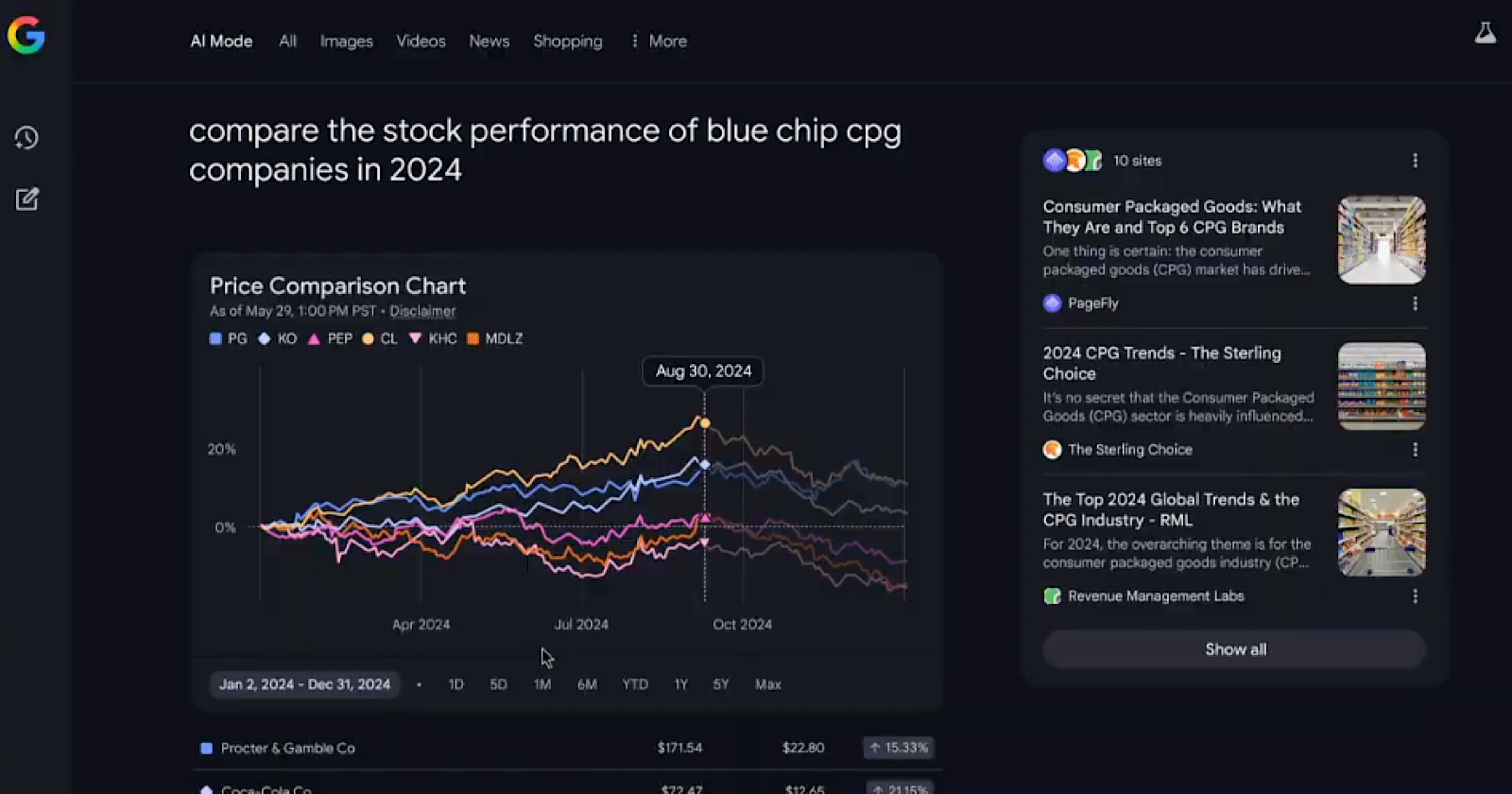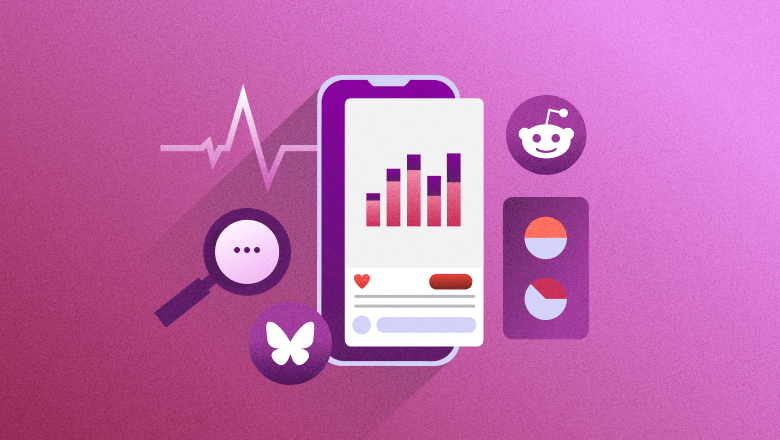Turning data into actionable insights that drive growth
Want to turn heads in the boardroom? It all starts with making your data speak their language. Customer data can be a great way to demonstrate the impact of marketing campaigns to internal stakeholders. However, it won’t be an effective tool if that data is not easily understood. Being able to translate complex data into […] The post Turning data into actionable insights that drive growth appeared first on Ragan Communications.

Want to turn heads in the boardroom? It all starts with making your data speak their language.
Customer data can be a great way to demonstrate the impact of marketing campaigns to internal stakeholders. However, it won’t be an effective tool if that data is not easily understood. Being able to translate complex data into actionable items and simple proof points is key to earning stakeholder buy-in. Marketers must be able to provide a guiding hand in navigating the results of a campaign. They have to bridge the gap between data and decisions.
The cost of poor data communication
Poor communication of customer data, or the lack of it, can cripple a company’s goals. When a marketing team fails to simplify and contextualize data properly, it has a ripple effect. KPIs are misunderstood, which leads to delayed or disjointed decision-making while planning a campaign. As a result, the allocated budget and other resources are wasted, ultimately impacting the campaign’s outcome.
Clear and effective data translation avoids this scenario altogether. Communications teams just have to keep three key principles in mind.
The three pillars of effective data translation
No. 1: Clarity in visuals
To properly translate data, it is essential to first have clear visuals. Charts and graphs are valuable when they have a clear message. It’s important to avoid cluttering the visuals with too much information. Instead, focus on the “so what” of the data. You have the data, so what does it mean? Make that clear in the visualization of the data.
There are many different ways to present a data set: bar graph, pie chart, heatmap, and so on. Choosing the right format for the data you are presenting is key for your audience to easily understand and utilize it. Bar graphs are great for comparing different categories and tracking changes over time, such as indicating trends in a data set. Pie charts are better for demonstrating how multiple factors contribute to a whole, precisely demonstrating the role each factor played in achieving the result.
Regardless of how you decide to present your data, it’s a good idea to establish standard practices across your team. Keep things consistent visually throughout reports, being sure to use the company brand guide if you have one. It’s important to avoid any potential confusion, and using clear visuals to communicate data is one of the best ways to do that.
No. 2: Narrative framing
Data is compelling because it tells a story about a customer’s journey. You can begin using data to build your customer’s narrative by identifying the problem you’re solving or the question you’re trying to answer first. From there, determine what the data tells you about your customer, connect it with the campaign strategy that was used, and highlight the results accordingly.
For example, in one campaign, you use an A/B testing strategy on LinkedIn to see what content would best resonate with your audience. Using the results, you can determine what content performed best and build your future content marketing strategy based on that. The information from your campaign will inform you of what sort of customer was drawn to your content, who clicked through to your target site, and who ultimately became a lead.
No. 3: Actionability
You started by presenting the “so what” of the data and getting your internal audience to understand it. Now it’s time to translate that information into the “what now” step. Internal and executive stakeholders need to see and understand results to be able to effectively make decisions. A marketer’s job is to connect data points to insights that help drive decisions on budget shifts, channel strategy and creative pivots.
To use our prior example, if content B performed better on LinkedIn, what does that mean for your social media marketing strategy? It can mean expanding on content B to determine what exactly resonates with your audience or what spurs your audience to action. Take what you learn from your data and its story to create action items and next steps.
The future belongs to data translators
Internal stakeholders rely on marketers to interpret campaign performance. Your role is not just to report on the data but to take the data and assist with product decision-making. A marketing team that can effectively translate and connect data directly to executive business goals is a team that is prepared for the future and poised for growth.
The post Turning data into actionable insights that drive growth appeared first on Ragan Communications.


























![How To Launch, Grow, and Scale a Community That Supports Your Brand [MozCon 2025 Speaker Series]](https://moz.com/images/blog/banners/Mozcon2025_SpeakerBlogHeader_1180x400_Areej-abuali_London.png?auto=compress,format&fit=crop&dm=1747732165&s=beb7825c980a8c74f9a756ec91c8d68b#)
![Clicks Don’t Pay the Bills: Use This Audit Framework To Prove Content Revenue [Mozcon 2025 Speaker Series]](https://moz.com/images/blog/banners/Mozcon2025_SpeakerBlogHeader_1180x400_Hellen_London.png?auto=compress,format&fit=crop&dm=1747758249&s=9f3c5b1b7421f862beace1cb513053bb#)
![How To Create an Integrated Strategy That Increases Brand Mentions and Visibility [Mozcon 2025 Speaker Series]](https://moz.com/images/blog/banners/Mozcon2025_SpeakerBlogHeader_1180x400_JamesH_London.png?auto=compress,format&fit=crop&dm=1747780409&s=9bf9f0a2623b4a8be6eaf8f235115505#)





















![The 11 Best Landing Page Builder Software Tools [2025]](https://www.growthmarketingpro.com/wp-content/uploads/2024/04/best-landing-page-software-hero-image-1024x618.png?#)

































































![Social media image sizes for all networks [June 2025]](https://blog.hootsuite.com/wp-content/uploads/2023/01/Social-Media-Image-Sizes-2023.png)


![41 Instagram features, hacks, & tips everyone should know about [new data]](https://www.hubspot.com/hubfs/Instagram-hacks-1-20240916-2633447.webp)





















